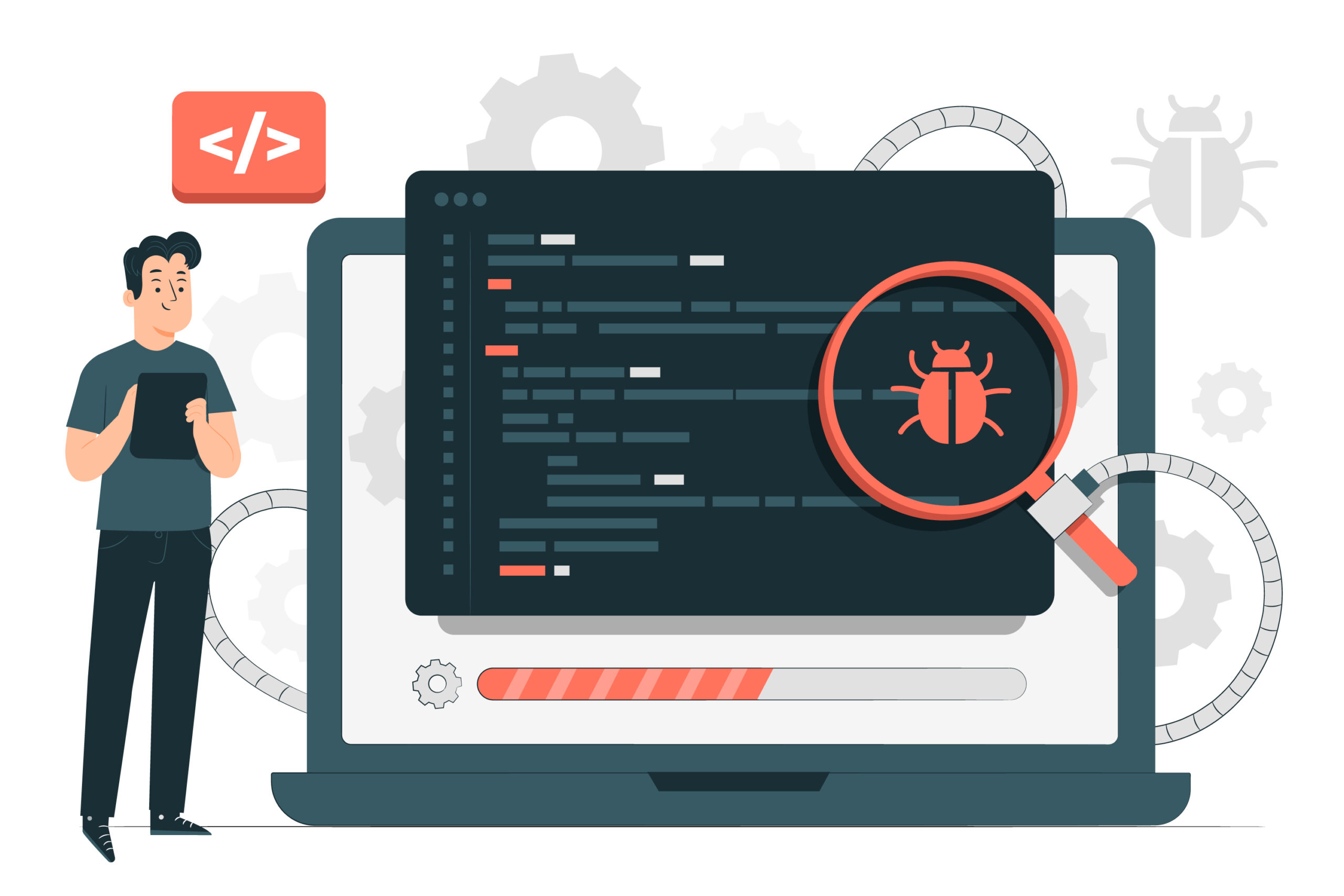Also check:- Best SEO Tips
“JOIN” is a SQL keyword used to query data from two or more related tables. Unfortunately, the concept is regularly explained using abstract terms or differs between database systems. It often confuses me. Developers cope with enough confusion, so this is my attempt to explain JOINs briefly and succinctly to myself and anyone who’s interested.
Related Tables
MySQL, PostgreSQL, Firebird, SQLite, SQL Server and Oracle are relational database systems. A well-designed database will provide a number of tables containing related data. A very simple example would be users (students) and course enrollments:
‘user’ table:
| Id | name | course |
| 1 | Alice | 1 |
| 2 | Bob | 1 |
| 3 | Caroline | 2 |
| 4 | David | 5 |
| 5 | Emma | (NULL) |
MySQL table creation code:
CREATE TABLE `user` (
`id` smallint(5) unsigned NOT NULL AUTO_INCREMENT,
`name` varchar(30) NOT NULL,
`course` smallint(5) unsigned DEFAULT NULL,
PRIMARY KEY (`id`)
) ENGINE=InnoDB;The course number relates to a subject being taken in a course table…
‘course’ table:
| id | Name |
| 1 | HTML5 |
| 2 | CSS3 |
| 3 | JavaScript |
| 4 | PHP |
| 5 | MySQL |
MySQL table creation code:
CREATE TABLE `course` (
`id` smallint(5) unsigned NOT NULL AUTO_INCREMENT,
`name` varchar(50) NOT NULL,
PRIMARY KEY (`id`)
) ENGINE=InnoDB;Since we’re using InnoDB tables and know that user.course and course.id are related, we can specify a foreign key relationship:
ALTER TABLE `user`
ADD CONSTRAINT `FK_course`
FOREIGN KEY (`course`) REFERENCES `course` (`id`)
ON UPDATE CASCADE;In essence, MySQL will automatically:
- re-number the associated entries in the user.course column if the course.id changes
- reject any attempt to delete a course where users are enrolled.
important: This is terrible database design!
This database is not efficient. It’s fine for this example, but a student can only be enrolled on zero or one course. A real system would need to overcome this restriction — probably using an intermediate ‘enrollment’ table which mapped any number of students to any number of courses.
JOINs allow us to query this data in a number of ways.
INNER JOIN (or just JOIN)

SELECT user.name, course.name
FROM `user`
INNER JOIN `course` on user.course = course.id;| user.name | course.name |
| Alice | HTML5 |
| Bob | HTML5 |
| Carline | CSS3 |
| David | MySQL |
LEFT JOIN

SELECT user.name, course.name
FROM `user`
LEFT JOIN `course` on user.course = course.id;Result:
| user.name | course.name |
| Alice | HTML5 |
| Bob | HTML5 |
| Carline | CSS3 |
| David | MySQL |
| Emma | (NULL) |
RIGHT JOIN

SELECT user.name, course.name
FROM `user`
RIGHT JOIN `course` on user.course = course.id;Result:
| user.name | course.name |
| Alice | HTML5 |
| Bob | HTML5 |
| Carline | CSS3 |
| (NULL) | JavaScript |
| (NULL) | PHP |
| David | MySQL |
SELECT user.name, course.name
FROM `course`
LEFT JOIN `user` on user.course = course.id;We could, for example, count the number of students enrolled on each course:
SELECT course.name, COUNT(user.name)
FROM `course`
LEFT JOIN `user` ON user.course = course.id
GROUP BY course.id;Result:
| course.name | count() |
| HTML5 | 2 |
| CSS3 | 1 |
| JavaScript | 0 |
| PHP | 0 |
| MySQL | 1 |
OUTER JOIN (or FULL OUTER JOIN)

OUTER JOIN is less useful than INNER, LEFT or RIGHT and it’s not implemented in MySQL. However, you can work around this restriction using the UNION of a LEFT and RIGHT JOIN, e.g.
SELECT user.name, course.name
FROM `user`
LEFT JOIN `course` on user.course = course.id
UNION
SELECT user.name, course.name
FROM `user`
RIGHT JOIN `course` on user.course = course.id;Result:
| user.name | course.name |
| Alice | HTML5 |
| Bob | HTML5 |
| Carline | CSS3 |
| David | MySQL |
| Emma | (NULL) |
| (NULL) | JavaScript |
| (NULL) | PHP |





























Thank you for giving me knowledge this blog is very useful for me, again thank you.
Useful for me thanx 👍
Love this blog, very informative thank you
Very informative blog. Helped me a lot.
Thank you for such infomative blog
Very good blog.
i am soo happy find your channel..nice blog
Very informative blog . Helped me a lot .
Very nice content. Very useful blog
Very informative blog. Helped me a lot.
Very good content
Very good blog
Nice. Very informative.
Thank you for such a informative blog.
such a informative blog.👍
Very Nice ….And good Knowledge for me
Thanks For sharing 😊
Nice 👌 informative
Very informational blog and explained the codes and tables well regarding RDBMS, Thank you
The content you wrote is very informative thank you so much
Very nice and informative.
This blog is very Enlightening
Useful for me , Thank you for such knowledgeable blog. It helped a lot .Love this blog. Thank for the knowledge.
Thank you for such knowledgeable blog. It helped a lot .Love this blog. Thank for the knowledge.
The content you wrote is very informative thank you so much.
Thank you so much for such Enlightening blog..
Thank you for such knowledgeable blog. It helped a lot .Love this blog. Thank for the knowledge
Very useful blog
Nice blog. gained proper knowledge
Very usefull blog
Very nice and informative.
Very good, there are many information regarding software.
Thank you so much for such Enlightening blog..
Thank you so much for such Enlightening blog..
Nice blog. gained proper knowledge.
Thank you for this information
Enlightening blog 👌
Very informational blog and explained the codes and tables well regarding RDBMS, Thank you
. Very informative blog. Helped me a lot
Useful for me , thank you